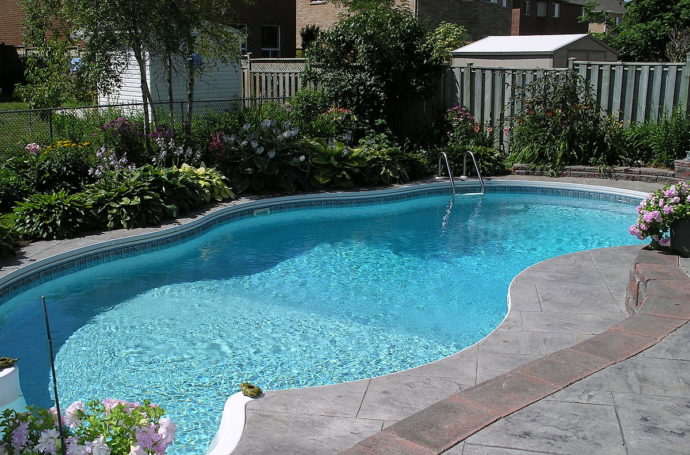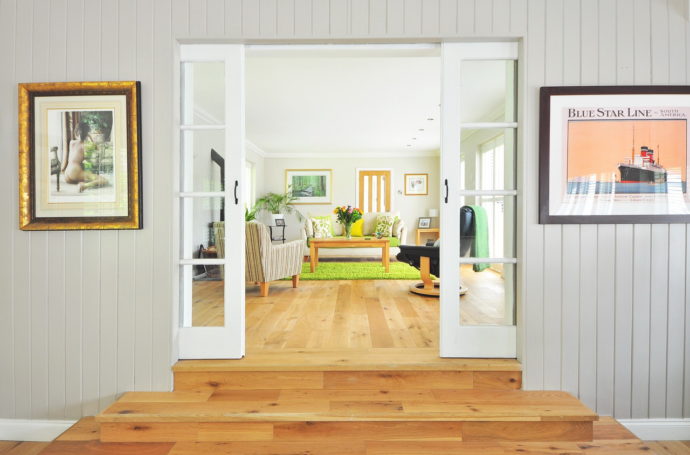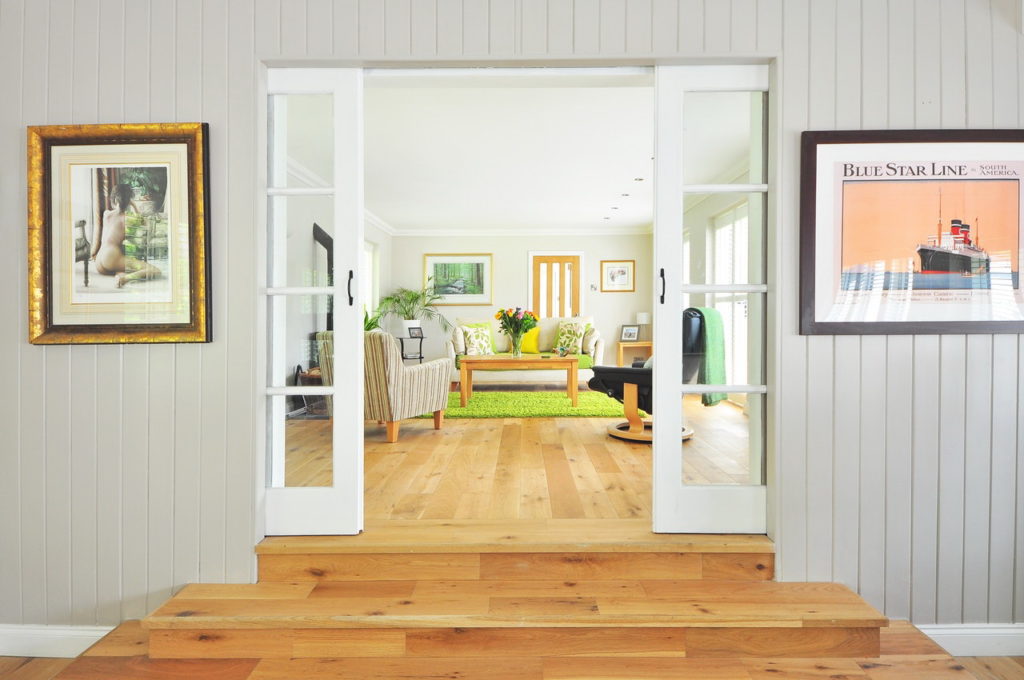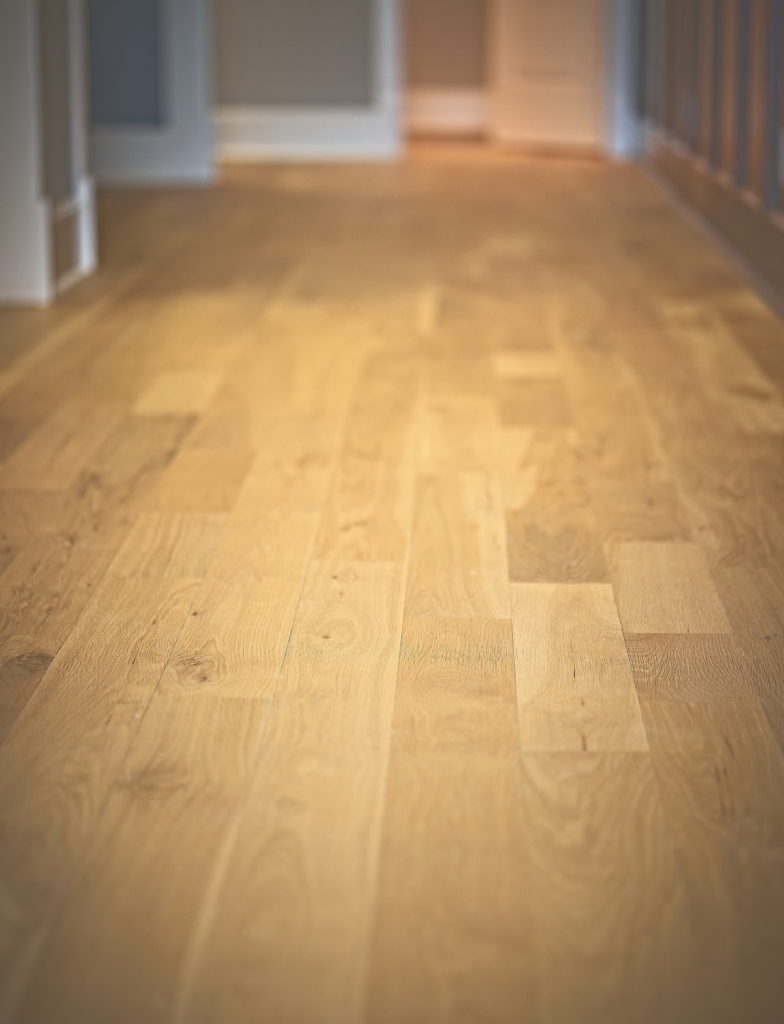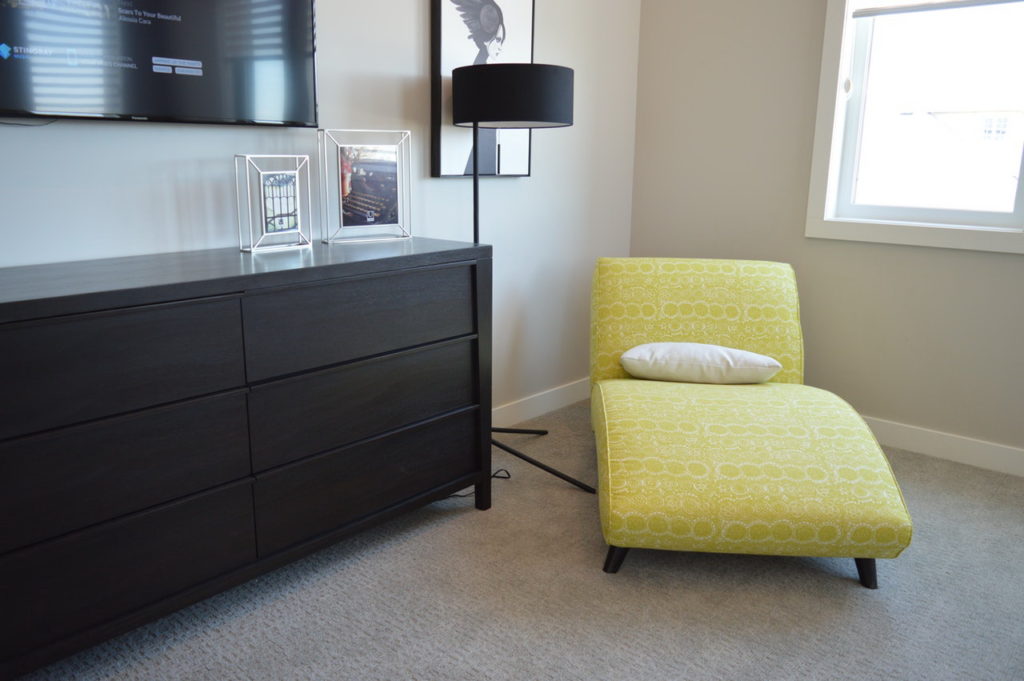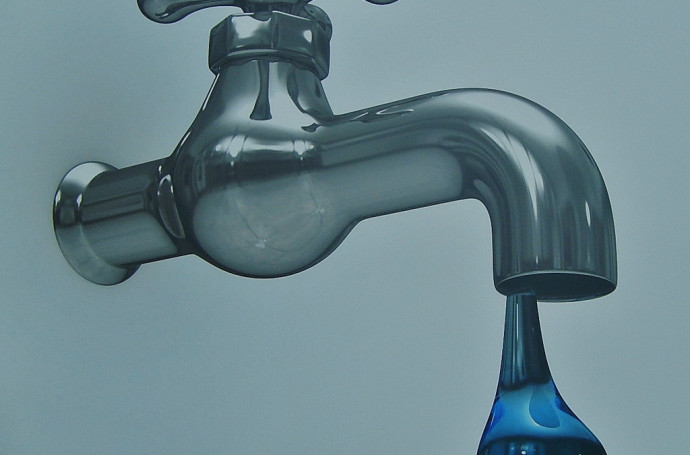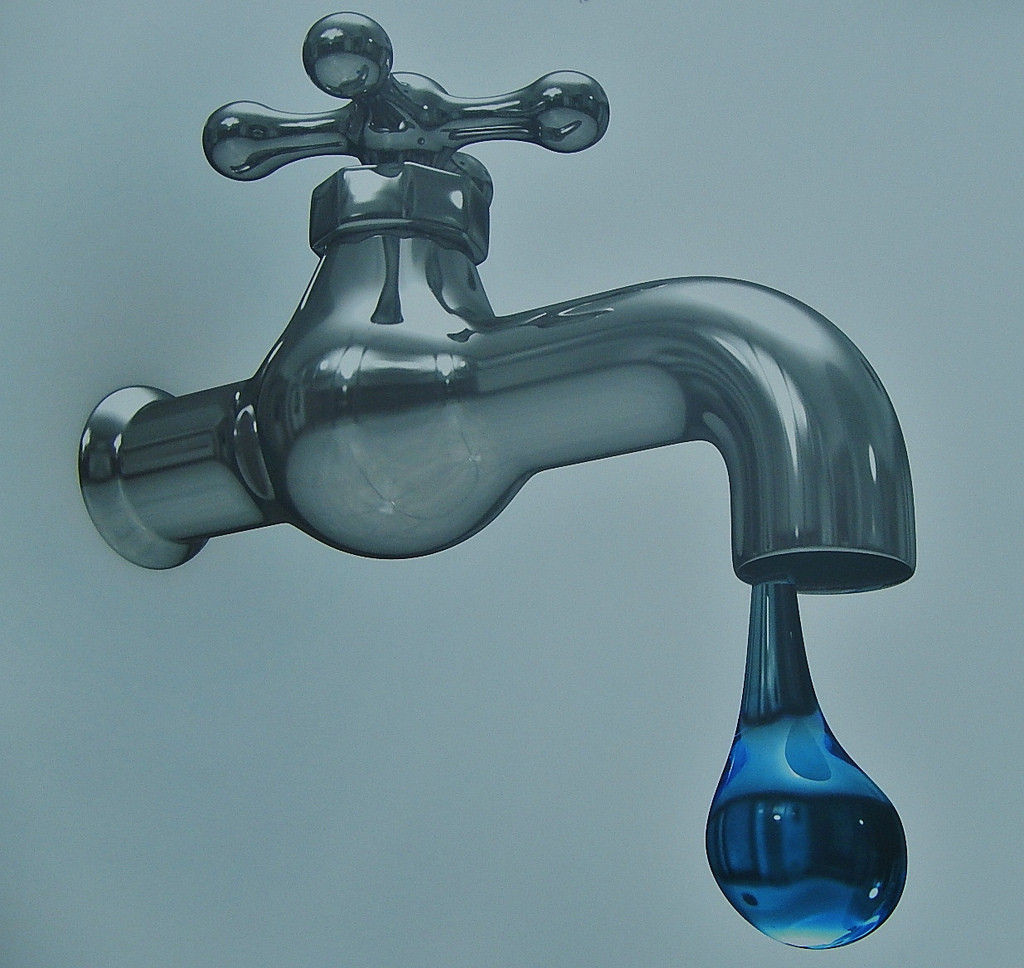Unistrut channel systems have revolutionized light structural support in construction and electrical industries. These standardized metal framing solutions need minimal tools and basic training to install. The strut channel’s versatility makes it perfect for supporting wiring, plumbing, and mechanical components based on project needs. The popular P1000 channel leads a range of profiles, with sizes from standard 1-5/8 inches width to 1-1/4 inches and compact 13/32 inch options. The construction materials include stainless steel, aluminum alloy, and fiberglass, each suited for different environments. Metal Framing Manufacturers Association standards ensure professionals can mix components from various suppliers when using unistrut channel nuts, brackets, and clamps. This piece covers everything you need to know about understanding and installing unistrut channel systems effectively.

What is a Unistrut Channel?
The Unistrut channel system started in 1924 as a simple yet clever metal framing solution with a continuous slotted channel and unique weldless connection. This versatile system has grown into a complete engineered building and support framework used in industries of all types.
Simple definition and purpose
A Unistrut channel serves as a versatile slotted metal framing component that anyone can assemble on-site. The metal framing channel lets users position fittings anywhere along the piece without welding or drilling. Most channels come from metal sheets folded into an open channel shape. These sheets have inward-curving lips that add stiffness and work as mounting points for connecting components.
Unistrut channels create adaptable structural frameworks that support mechanical, electrical, and plumbing systems in buildings. The system’s bolts and channel nuts make it completely adjustable and reusable. You can quickly put together or take apart components, which makes changes easy as project needs shift.
Unistrut channels give you fifteen different sizes with hundreds of fittings, so you can tackle almost any project. You’ll find the system in steel, aluminum, stainless steel, and now fiberglass—a material that resists corrosion and offers lightweight strength and rigidity.
Common applications in construction and industry
Unistrut channel’s amazing versatility makes it useful in many industries. People often call it “The Erector Set of The Construction Industry”.
Common applications include:
- Support structures: Unistrut excels at supporting HVAC systems, electrical conduits, plumbing lines, and ductwork
- Storage solutions: The system creates excellent racks, shelving, and material handling systems
- Medical equipment supports: It works great for mounting overhead X-rays, CRT monitors, and surgical lights
- Ceiling supports: Creates overhead support grids for lighting, plumbing, and high-tech equipment
- Elevated platforms: Provides safe walking surfaces at elevation through catwalks and mezzanines
- Rooftop systems: Perfect for pipe supports, walkways, and mounting solar panels
- Cable management: Organizes and secures cables and wiring systems in commercial and industrial settings
Contractors and plant maintenance teams choose Unistrut as their go-to material in everything from manufacturing to healthcare.
Why Unistrut beats custom fabrication
Unistrut’s biggest advantage over custom fabrication comes from its simplicity and budget-friendly design. Most commercial projects need solutions that balance strength, cost, and looks, rather than just focusing on strength like industrial applications.
You won’t need cutting, welding, drilling, or other expensive secondary fabrication with Unistrut. Workers with moderate training can assemble the system using standard tools, which cuts costs by a lot compared to custom options. This easy installation saves both labor and time during construction projects.
Unistrut matches welded metal framing’s strength but offers flexibility that custom solutions can’t touch. You can adjust it endlessly, which helps when adapting frames or support structures around existing plant layouts.
The system’s reusability adds another benefit. Teams can take apart components and save them for later projects, making Unistrut a smart long-term investment. Its modular design lets you expand or modify as needed, giving you future-proof versatility that custom fabrication can’t match.
Custom fabrication with steel bar stock and commodity components remains the only alternative to Unistrut channels in most cases. This approach needs welding or lots of drilling and bolting—and lacks Unistrut’s speed, flexibility, and cost benefits.
Understanding Unistrut Channel Types and Sizes
Builders and contractors need to know Unistrut’s various sizes and configurations. The right channel type can make or break a project’s success and structural integrity.
Standard Unistrut channel sizes explained
Unistrut channels fall into three main series based on width: 1-5/8″ (standard), 1-1/4″ (A-series), and 13/16″ (miniature) series. Each channel features four essential dimensions: length, width, height, and wall thickness.
Standard lengths of Unistrut channels come in 10′ and 20′ pieces, though custom cuts are available based on project needs. The heavy-duty 1-5/8″ series remains the most accessible option, with the largest range of channel profiles and matching fittings. The 13/16″ series (19 gage) works best for lighter uses like retail displays and lab setups.
Load capacity depends substantially on wall thickness, measured in gage. These channels typically come in 12 gage (0.105″), 14 gage (0.075″), and 16 gage (0.060″) thicknesses. P1000 and P1100 share similar width and height dimensions (1-5/8″ x 1-5/8″) but differ in gage—12 versus 14, respectively.
Overview of P1000 and other popular profiles
The P1000 series is the life-blood of the Unistrut system. This 1-5/8″ x 1-5/8″ profile with 12-gage thickness delivers superior load-bearing capacity, making it perfect for industrial and commercial applications. High-volume production, easy access, and broad fitting compatibility drive its popularity.
Notable profiles beyond the standard P1000 include:
- P3300: A 1-5/8″ x 7/8″ shallow profile that works great for wall-mounting
- P5000: A 1-5/8″ x 3-1/4″ deep channel that offers improved strength for heavier loads
- A1000: A 1-1/4″ x 1-1/4″ medium-duty option with 14-gage thickness
Back-to-back configurations like P1001 (1-5/8″ x 3-1/4″) create reliable structural elements by welding two channels together.
Solid vs slotted vs half-slot channels
Unistrut channels offer several hole pattern variations to meet specific mounting needs:
Solid channel needs on-site drilling or different mounting methods since it has no pre-drilled holes. This design maximizes strength but limits installation options.
Slotted channel (marked with “T” in part numbers) features long slots along the channel back that fit 1/2″ hardware and allow position adjustments. The “T-slot” style remains the most common hole pattern, offering flexibility during installation.
Half-slot channel (“HS” designation) uses shorter rectangular slots with rounded ends, punched on 2-inch centers. This design strikes a balance between strength and adjustability.
How hole patterns affect strength
Holes or slots naturally affect a channel’s structural integrity. Engineering data shows that slotted patterns need load capacity adjustments compared to solid versions.
Round-holed channels keep about 88% of the solid channel’s uniform load capacity. Half-slot and full-slot designs maintain roughly 85% of the original strength. Engineers must consider these strength reductions when calculating load requirements.
Maximum bending moment—which determines the final loading capacity—varies based on load amount, type (concentrated or distributed), and support setup. Critical applications require careful review of manufacturer specifications and load tables.
The choice between solid strength and easy installation is a key trade-off in Unistrut channel selection. Project requirements, environmental conditions, and expected loads determine the best balance.

Choosing the Right Materials and Finishes
Your choice of material for a Unistrut channel system affects its performance and durability by a lot. You’ll find several options available, and knowing each material’s properties helps you get the best results for your specific needs.
Steel, aluminum, stainless steel, and fiberglass options
Carbon Steel serves as the foundation for most standard Unistrut channel systems. It gives you excellent strength for your money and provides reliable support for typical indoor applications. But raw steel can rust without proper finishing, so it needs protective coatings.
Aluminum Unistrut brings great advantages when weight matters. These channels weigh just a third of what steel does, making them perfect for applications that need frequent moving or have limited structural support. While aluminum resists oxidation and corrosion well and conducts heat better, it can only handle about 33% of the load compared to similar steel profiles. You should avoid using aluminum around food processing since it can change food’s color and flavor.
Stainless Steel channels come in Type 304 and 316 compositions and give you superior protection against corrosion in tough environments. Type 316 is the purer version with almost no magnetic properties, while Type 304 still has a slight magnetic pull. We used stainless steel mostly in food processing facilities, marine settings, and chemical plants where contamination is a concern.
Fiberglass Unistrut stands out as the most complete non-metallic option. It fights corrosion exceptionally well in challenging environments where metal systems usually fail. Its light weight and non-conductive properties make it perfect for wastewater treatment facilities, chemical plants, and MRI rooms.
When to use galvanized vs powder-coated finishes
You have several finish options beyond raw materials to protect against corrosion:
Galvanized Finishes come in three main types:
- Pre-Galvanized (PG): Factory-applied zinc coating works best for standard indoor/outdoor applications
- Hot-Dipped Galvanized (HG): Lasts about twice as long as pre-galvanized thanks to full zinc immersion, perfect for heavy corrosion areas
- Electroplated Zinc (EG): Provides simple protection with a thin zinc layer, commonly used on fittings rather than channels
Powder-Coated Finishes like Perma-Green III protect better against fading, chalking, and chemical exposure. This eco-friendly option suits both indoor and outdoor uses where looks matter as much as corrosion resistance.
The innovative Unistrut Defender finish fills the gap between galvanized and stainless steel options. It resists corrosion three times better than hot-dipped galvanized products and costs much less than stainless steel.
Environmental considerations for material selection
Your environment will determine the best material choice:
Plain steel or pre-galvanized finishes are enough for indoor, dry environments with minimal corrosion risks.
Hot-dipped galvanized, Unistrut Defender, or aluminum channels work better in outdoor settings exposed to weather.
Stainless steel or fiberglass proves most reliable for coastal or chemical-heavy environments, despite higher upfront costs.
Stainless steel remains the go-to choice for food processing facilities because it doesn’t react with food and cleans easily.
Fiberglass or Type 316 stainless steel performs best in MRI rooms or areas that need non-magnetic properties.
Essential Components for Installation
Several components work together to make Unistrut channel installations successful. These create secure, adjustable connections without welding or drilling.
Unistrut channel nuts and how they work
Channel nuts are the backbone of the Unistrut connection system. These specialized fasteners create secure attachment points anywhere along the continuous slotted channel. You’ll find two main types: spring-loaded and plain channel nuts. Spring-loaded nuts come with a spring mechanism that keeps the nut steady during installation—perfect for one-handed overhead work. Plain nuts without springs are more affordable but need extra attention during assembly.
The channel nut installation is straightforward. Just insert it into the slotted channel and turn it 90 degrees clockwise to line up its grooves with the inturned edges. Place your fitting over the nut, insert a bolt, and tighten it. The nut’s serrated teeth will lock into the channel edges and create a vice-like connection.
Types of Unistrut channel brackets and clamps
The Unistrut system has many brackets and clamps:
- Beam clamps connect channel to existing structural steel without welding or drilling. These come in flange (C-style), window-style, U-style, and J-style variants
- Pipe clamps hold pipes, conduits, or tubing to channels. You can choose from two-hole straps, cushioned clamps, and two-piece designs
- Brackets give you versatile mounting options for shelves and equipment
Tools needed for a simple install
You’ll need these tools for a simple Unistrut installation:
- Socket wrench or ratchet
- Measuring tape
- Level
- Drill with appropriate bits
- Hand wrench
A 3/4″ strut channel socket can make installation easier, but beginners don’t need it.
Safety tips for beginners
Make sure to wear proper safety gear like gloves and eye protection at the time of cutting or installing Unistrut channel. Look for hidden electrical wires or plumbing before drilling. Start by finger-tightening all bolts before making final adjustments. This prevents cross-threading. Test your installations for stability before adding any loads.
Step-by-Step Guide to Installing a Unistrut Channel
A Unistrut channel system needs good planning and exact execution. Anyone can build professional-quality support structures with the right steps.
Planning your layout
A solid plan makes installation work better. Start by learning about your project needs – calculate how much weight it must hold and check what you’re mounting it to. Draw a detailed diagram that shows where channels go, support points sit, and components belong. Double-check measurements and mark mounting points with a level to line everything up right. Your final design should account for weather conditions and how easy it will be to maintain.
Cutting and preparing the channel
Your layout is 10 minutes old, and now it’s time to prep your Unistrut channels:
- Take measurements and mark the length you need with tape and marker
- Lock the channel in a vise or clamp so it stays put
- Cut right on your mark with a hacksaw, reciprocating saw, or angle grinder that has a metal blade
- File down any burrs and sharp edges to keep everyone safe
Note that safety goggles and gloves must stay on the whole time.
Attaching brackets and supports
Mounting brackets need to go up first. Wall installations start with pilot holes drilled at your marked spots – use the right bit size for your anchors. Put in wall anchors based on what you’re mounting to. Toggle bolts work for drywall, while sleeve anchors grip concrete better. The Unistrut channel goes against the brackets next. A level check comes before you lock everything down.
Securing with channel nuts and bolts
Channel nuts make it easy to position things anywhere along the Unistrut. Slide the nut in, turn it a quarter turn clockwise so its grooves match the channel edges. Your fitting goes over the nut, then the bolt slides in. Hand-tighten everything first and adjust as needed. A wrench finishes the job, which locks those serrated teeth right into the channel edges with a grip like a vice.
Testing for load and stability
The final check looks at all connections to make sure they meet specs. Load testing happens gradually, staying well under the max weight limit. Watch how much it bends – you’ll want to stay within standard ratios of span/180, span/240, or span/360 based on what you’re using it for. Any tweaks should happen before you put the full load on your system.
Unistrut channel systems are one of the most adaptable structural solutions builders and contractors can use today. In this piece, we got into everything from simple channel types and sizes to material selection and installation techniques. Without doubt, these systems are suitable for countless applications in industrial and commercial settings. The popular P1000 profile shows just how versatile they can be.
Your choice of material plays a key role in how long the system lasts. Carbon steel works great for standard indoor applications, while aluminum gives you weight advantages in specific cases. On top of that, stainless steel and fiberglass work best in harsh environments where you need protection from corrosion. The best choice depends on your environment’s conditions and load requirements.
Installation techniques affect both safety and functionality by a lot. The system performs reliably over time when you plan carefully, cut precisely, and secure attachments with channel nuts and brackets. Once installed, testing confirms that your structure can safely handle intended loads without too much deflection.
Unistrut systems might look complex at first glance. Their standardized components and simple assembly make them available even to beginners. The original learning curve is worth it. You’ll get faster installations, infinite adjustability, and the chance to reuse parts – something custom fabrication can’t offer. With this knowledge, builders can create professional results using these versatile framing solutions in their next project.
Here are some FAQs about the unistrut channel:
How does the Unistrut work?
Unistrut channel is a versatile metal framing system that works by providing a standardized channel for mounting and supporting various components. The system uses specialized Unistrut channel nuts and clamps that slide into the channels, allowing for adjustable positioning of fixtures and equipment. This modular design enables endless configurations for electrical, mechanical, and structural applications using standard strut channel components.
How is Unistrut installed?
Unistrut is typically installed by first securing the P1000 channel or other strut channel sizes to walls, ceilings, or structures using appropriate fasteners. Installation involves using Unistrut channel brackets at support points and connecting sections with proper joining hardware. The system’s flexibility allows for field adjustments using Unistrut channel clamps and nuts that slide along the channel for precise component placement.
How to use a strut channel?
To use a strut channel effectively, first select the appropriate Unistrut channel sizes for your load requirements. Components are then secured using Unistrut channel nuts that slide into the grooves and tighten to hold fixtures, pipes, or equipment firmly. The system allows for easy reconfiguration by loosening the hardware, adjusting positions, and retightening without needing to drill new holes.
How do you fasten Unistrut together?
Unistrut channels are fastened together using specialized Unistrut channel brackets and joining plates that overlap connection points. For secure connections, use the proper Unistrut channel nuts and bolts designed specifically for the P1000 channel or other strut channel sizes. These connections maintain the structural integrity of the assembly while allowing for some flexibility in the system.
Why is Unistrut so expensive?
Unistrut commands a premium price due to its high-quality galvanized or stainless steel construction and precise manufacturing tolerances. The cost also reflects the engineering behind the Unistrut channel clamp and bracket systems that provide unmatched versatility and load-bearing capacity. While cheaper alternatives exist, they often lack the durability and compatibility of genuine Unistrut products.
How much weight can a Unistrut channel hold?
The weight capacity of a Unistrut channel depends on the specific P1000 channel size and mounting configuration, with standard 1-5/8″ channels typically supporting several hundred pounds per linear foot. Exact load ratings vary based on strut channel spacing, bracket placement, and the type of Unistrut channel nuts and hardware used. Always consult engineering specifications for precise load calculations in your application.
How do you attach Unistrut to a beam?
Attaching Unistrut to a beam requires using appropriate Unistrut channel brackets designed for beam connections. The P1000 channel or other strut channel sizes can be secured using beam clamps or specialized brackets that wrap around the beam flange. For heavy loads, through-bolting with Unistrut channel nuts provides the most secure attachment method.
Can you run cables in Unistrut?
Yes, Unistrut channel systems are commonly used to support and organize cable runs in commercial and industrial settings. The open design of strut channel allows for easy cable placement, while specialized Unistrut channel clamps and brackets can secure conduit or cable trays. This makes it an ideal solution for neat, accessible electrical and data cable installations.
Can you put Unistrut in concrete?
Unistrut can be embedded in concrete or attached to cured concrete using appropriate anchors. For new construction, the P1000 channel or other strut channel sizes can be cast directly into concrete with proper formwork. Existing concrete surfaces can accept Unistrut channel brackets secured with concrete anchors or epoxy-set fasteners for sturdy, long-lasting installations.





